cti4sw
Bronze Member
- Joined
- Jul 2, 2012
- Messages
- 1,555
- Reaction score
- 919
- Golden Thread
- 1
- Location
- Pennsylvania
- 🥇 Banner finds
- 1
- Detector(s) used
- Minelab Equinox 600, Garrett AT Pro, Pro Pointer
- Primary Interest:
- Relic Hunting
Not sure if it's NA, souvenir, modern... Made of bone or antler. It used to have a leather finger loop that disintegrated after I got it home. First pic is laying flat, second is on one side, last pic is face down. Measurements are on white sheet of paper.
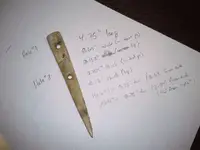
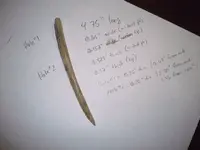
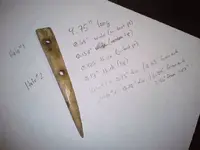
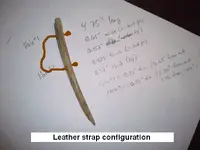
EDIT: It's got a pretty sharp point on it.
UPDATE:
Pics of the end:
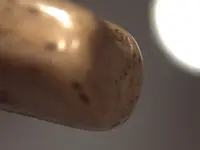
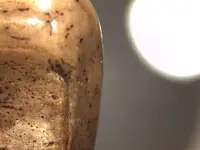
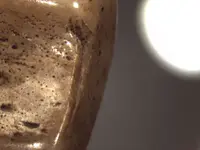
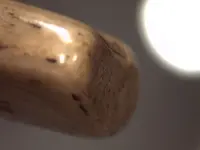
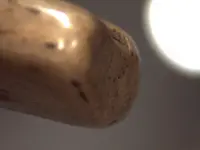
Pics of Hole #1:
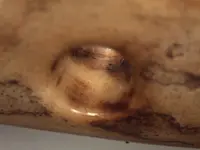
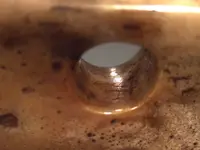
Pics of Hole #2:
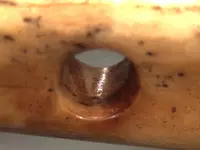
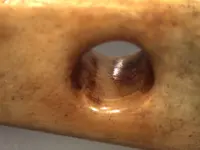
Pic of the surface:
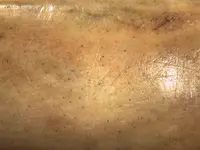
Okay, here's what we know:
1. It's old.
2. Pretty damn old, at that. The color of the bone indicates this.
3. The holes are neatly drilled, but Indians had good drilling techniques.
4. "Post-contact" could be anywhere from the 1620s to the 1800s.
5. The leather loop was too small for a necklace, probably a double finger loop.
6. It's difficult to deeply dye or stain bone; the green is probably from prolonged exposure to brass.




EDIT: It's got a pretty sharp point on it.
UPDATE:
Pics of the end:





Pics of Hole #1:


Pics of Hole #2:


Pic of the surface:

Okay, here's what we know:
1. It's old.
2. Pretty damn old, at that. The color of the bone indicates this.
3. The holes are neatly drilled, but Indians had good drilling techniques.
4. "Post-contact" could be anywhere from the 1620s to the 1800s.
5. The leather loop was too small for a necklace, probably a double finger loop.
6. It's difficult to deeply dye or stain bone; the green is probably from prolonged exposure to brass.
Last edited:
Upvote
0



